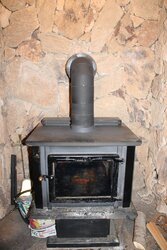- Nov 16, 2012
- 3
we just bought our home 3 years ago and every winter when we go to start a fire in our wood stove it leaks smoke from the bend, we clean our chimney quite often but it seems it gets clogged up quickly, the glass on the front goes completely black after a couple hours of burning, we are using seasoned wood but the smoke still comes out of the bend,
can I seal that crack with high temperature cement/sealant? will that stop the creosote from building up?
I really need to fix this please help
thanks
Heather
I have attached so pictures to help explain
that last one is what we control the air with, not sure how it works :/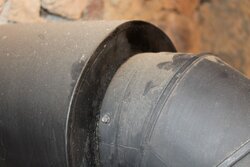
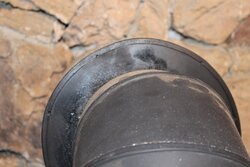 View attachment 81273
View attachment 81273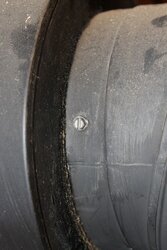
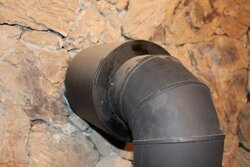


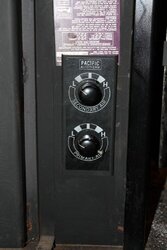
can I seal that crack with high temperature cement/sealant? will that stop the creosote from building up?
I really need to fix this please help
thanks
Heather
I have attached so pictures to help explain
that last one is what we control the air with, not sure how it works :/

 View attachment 81273
View attachment 81273







